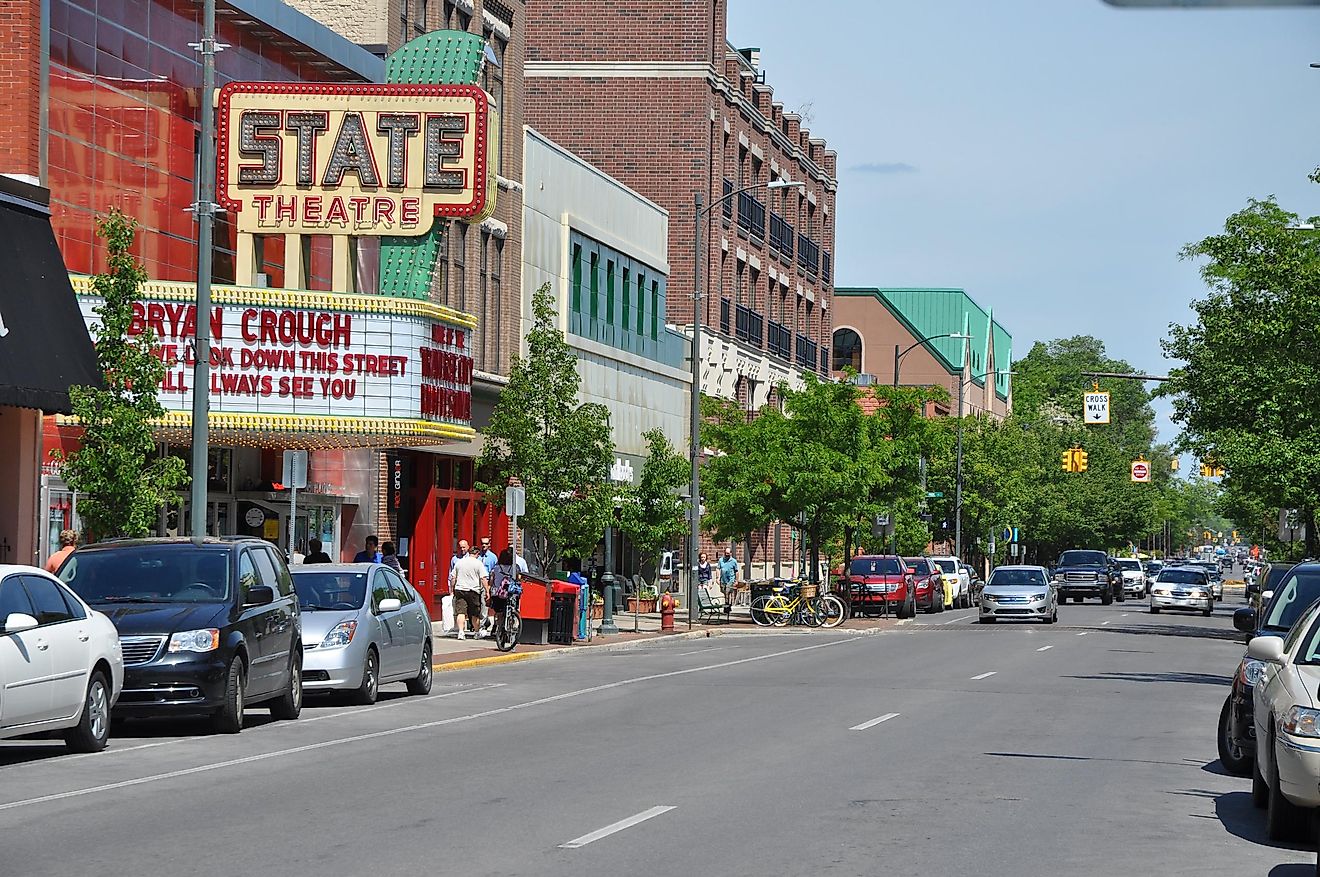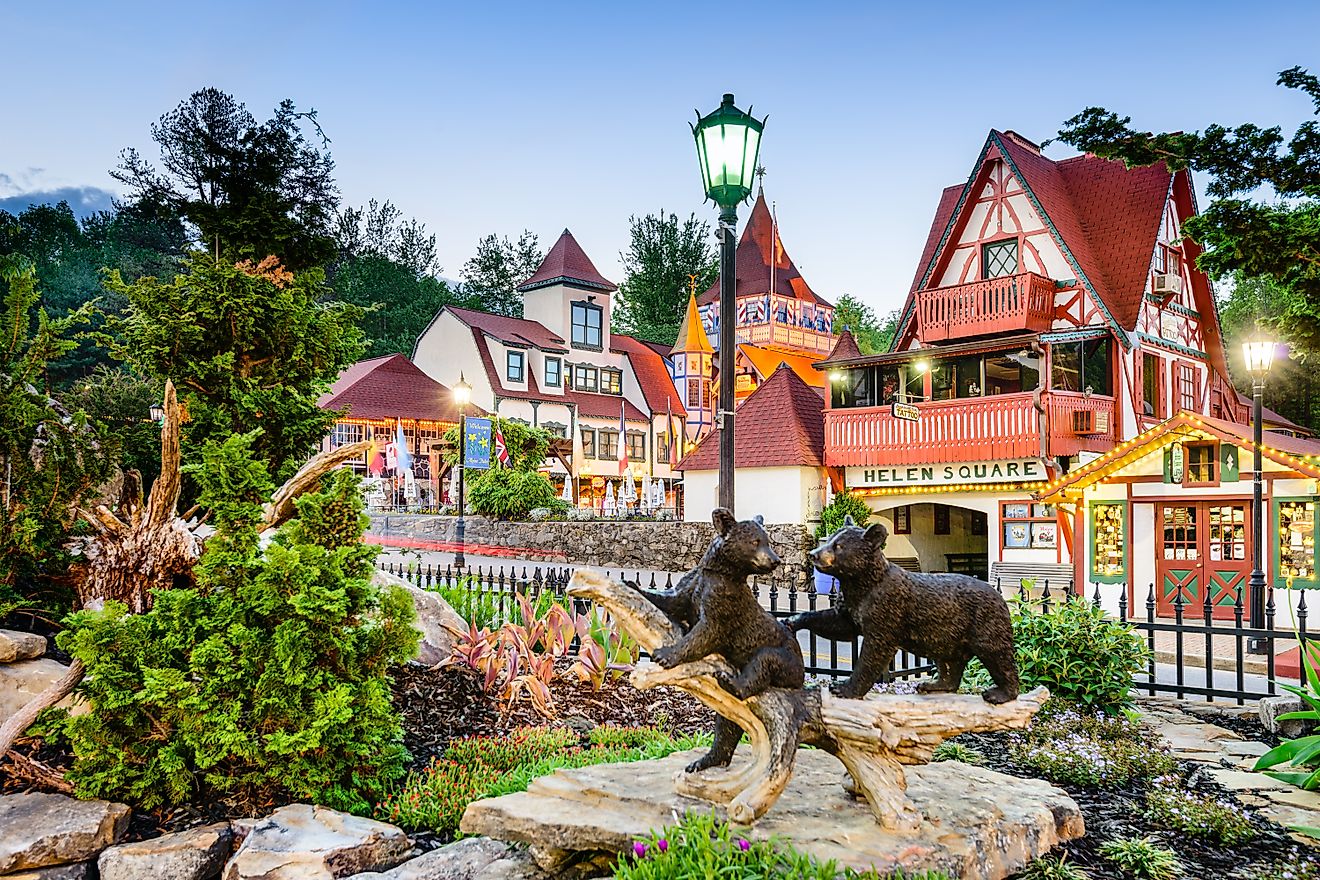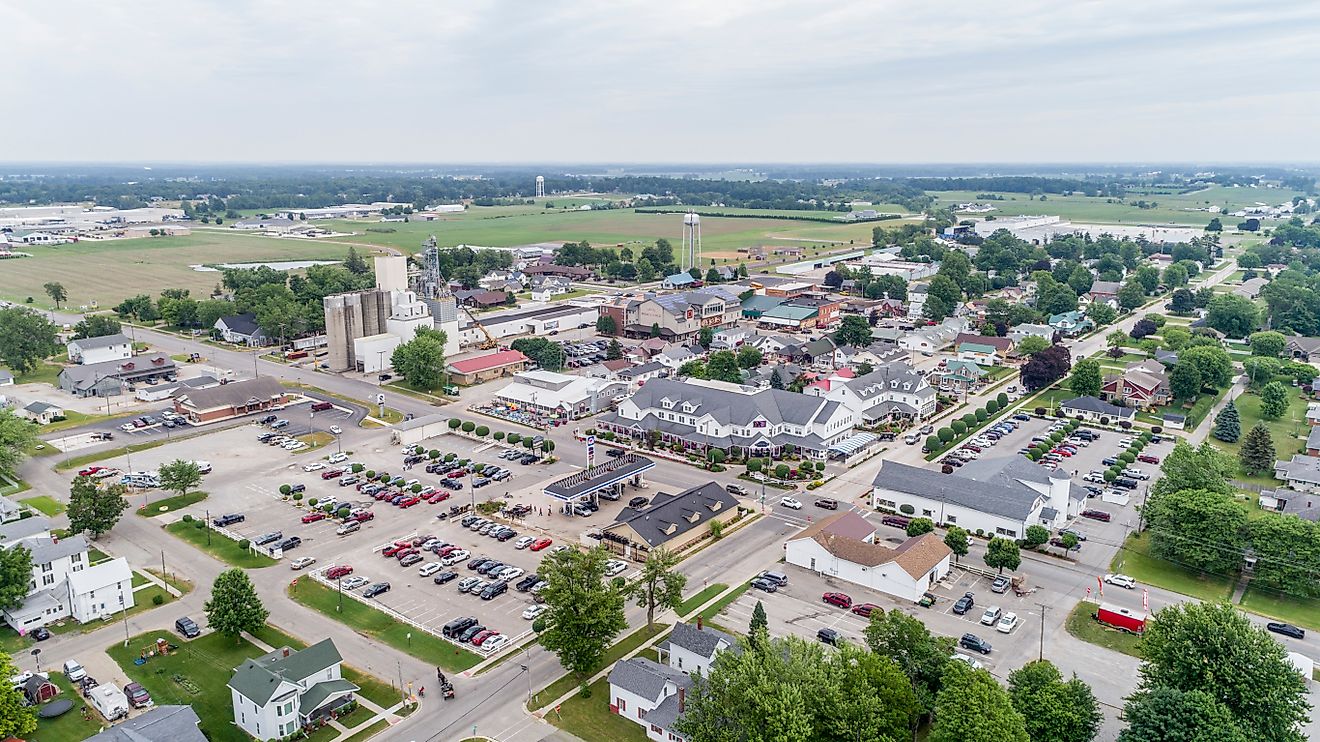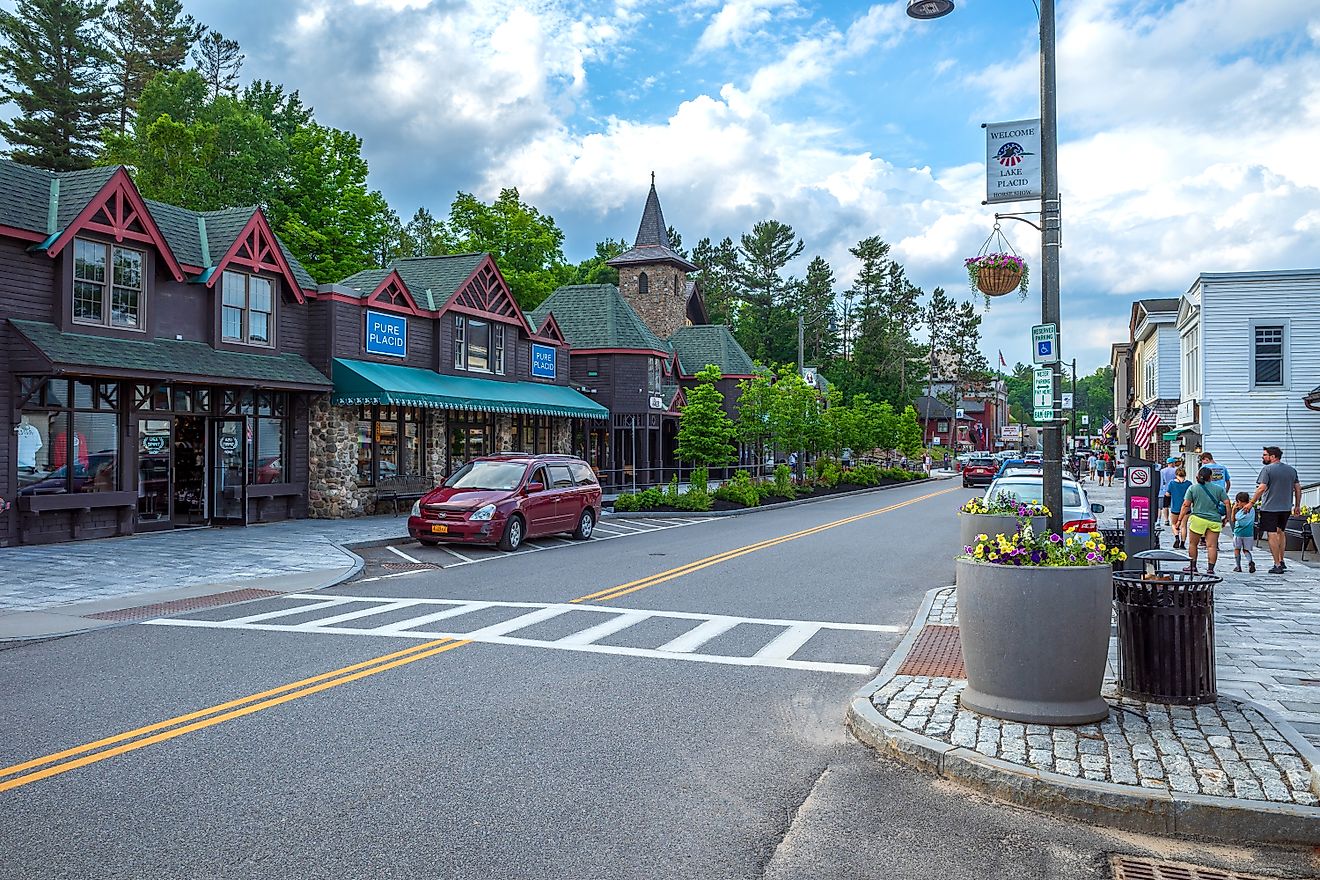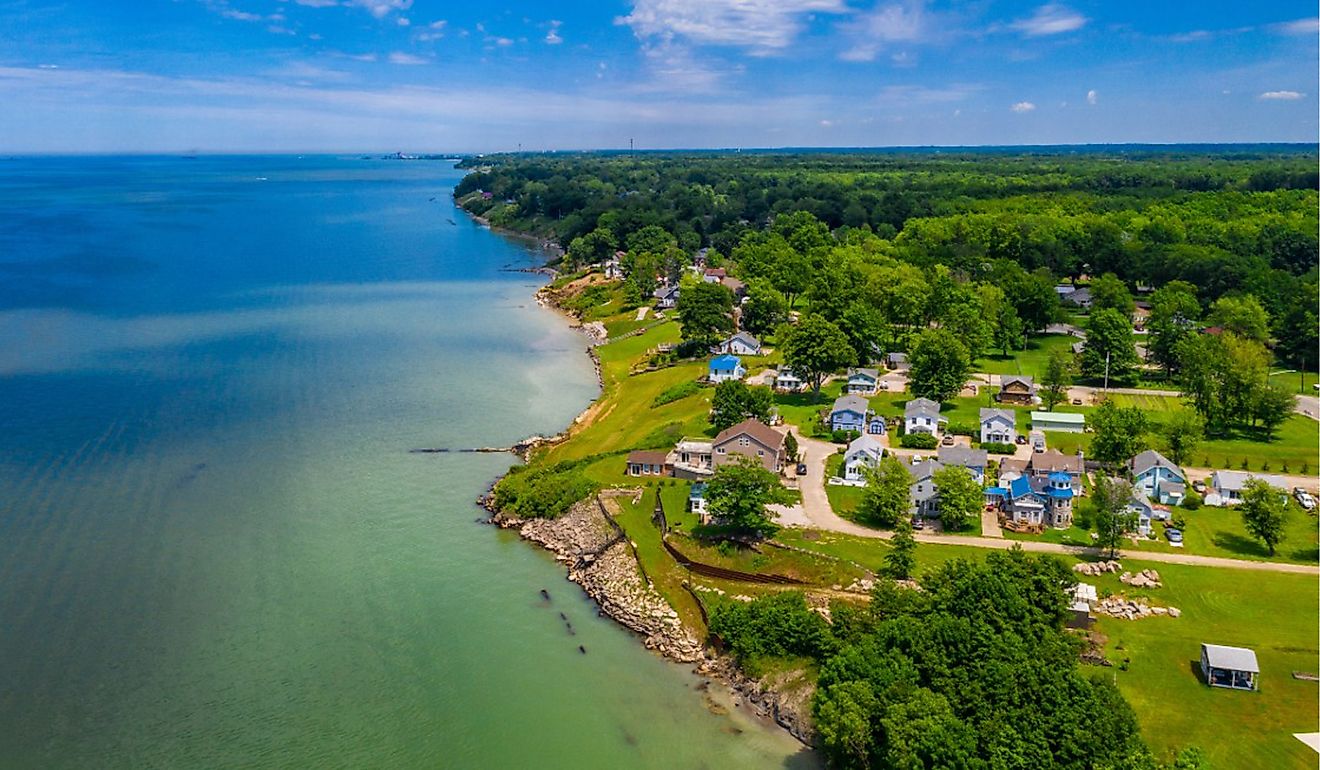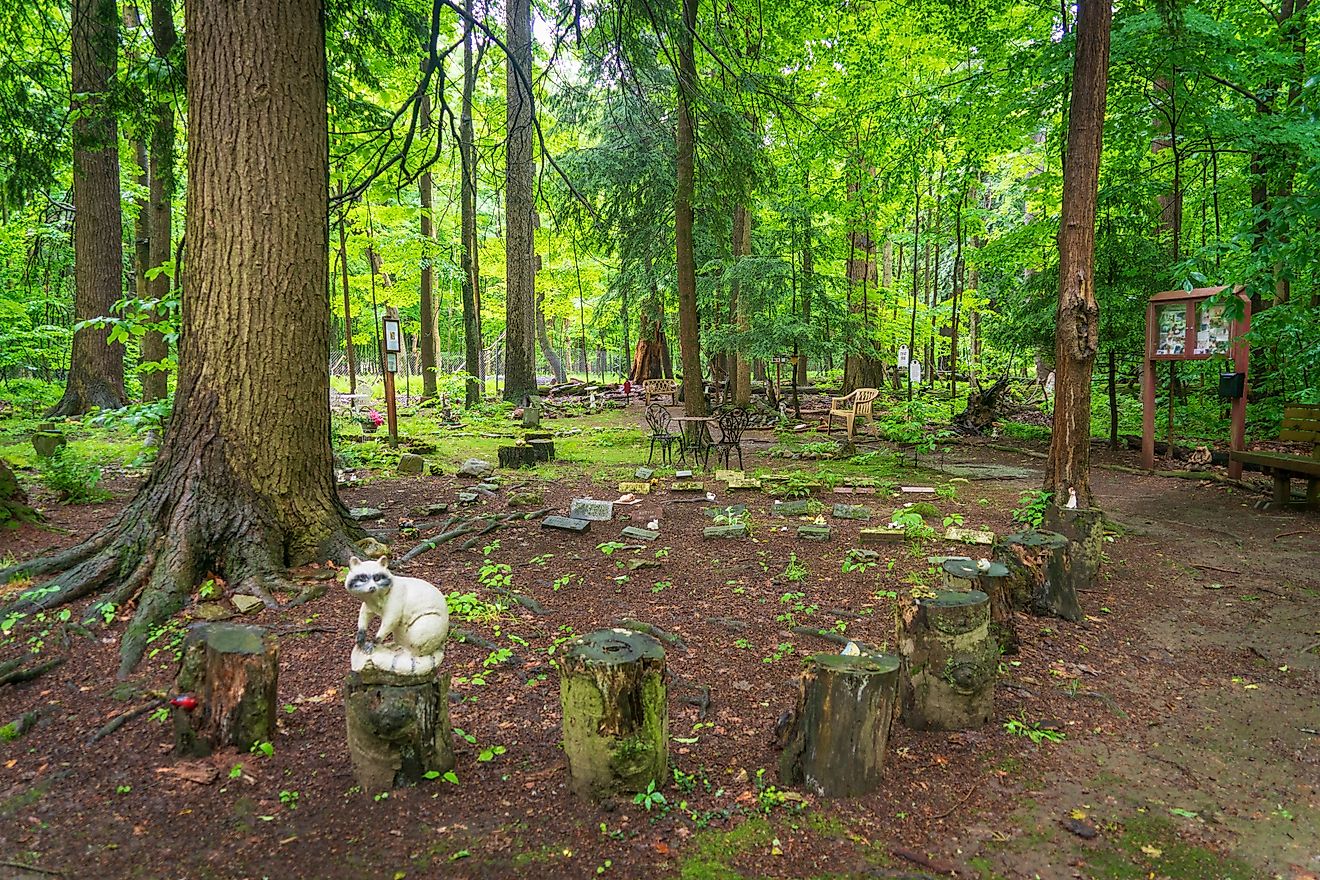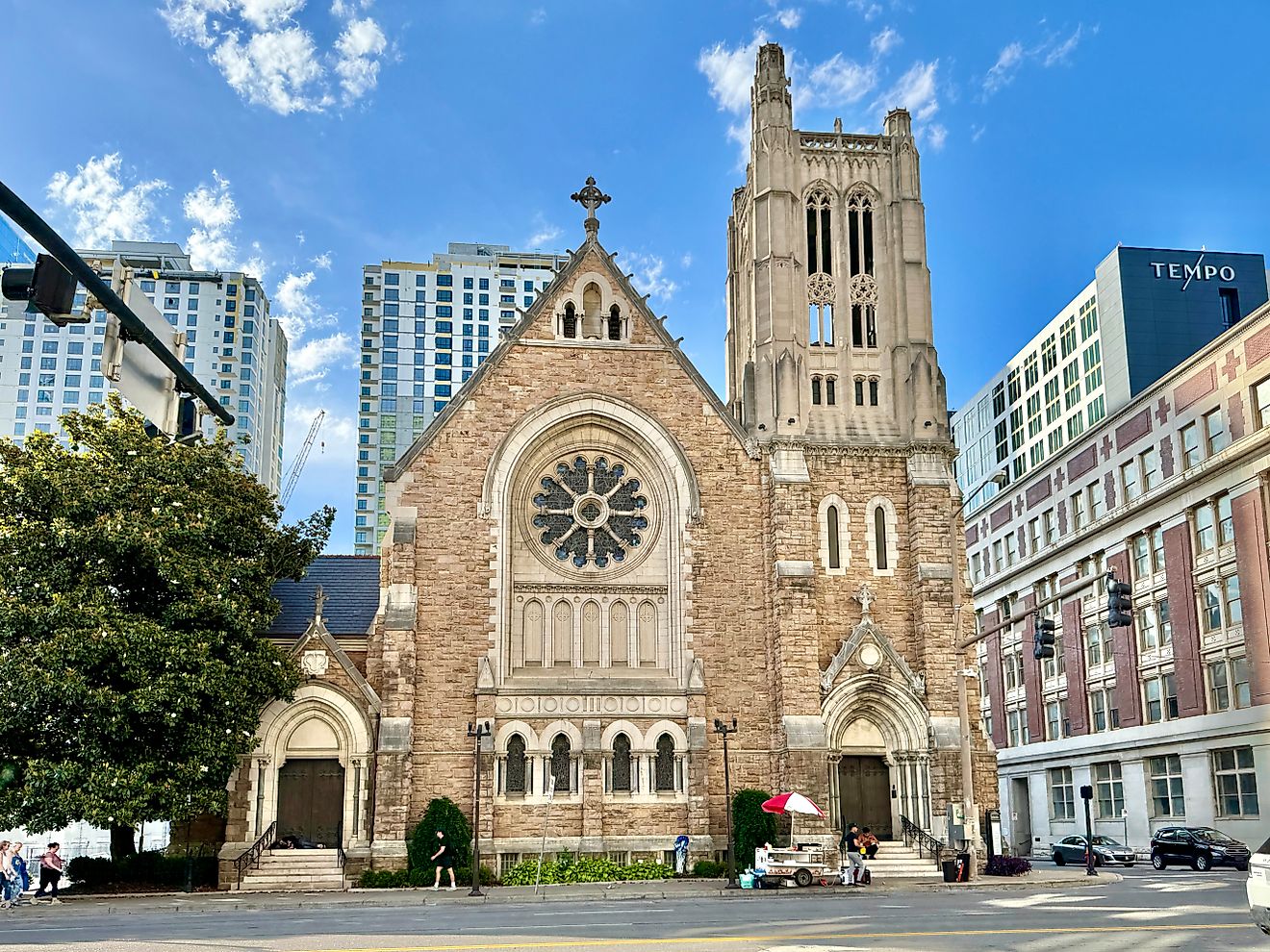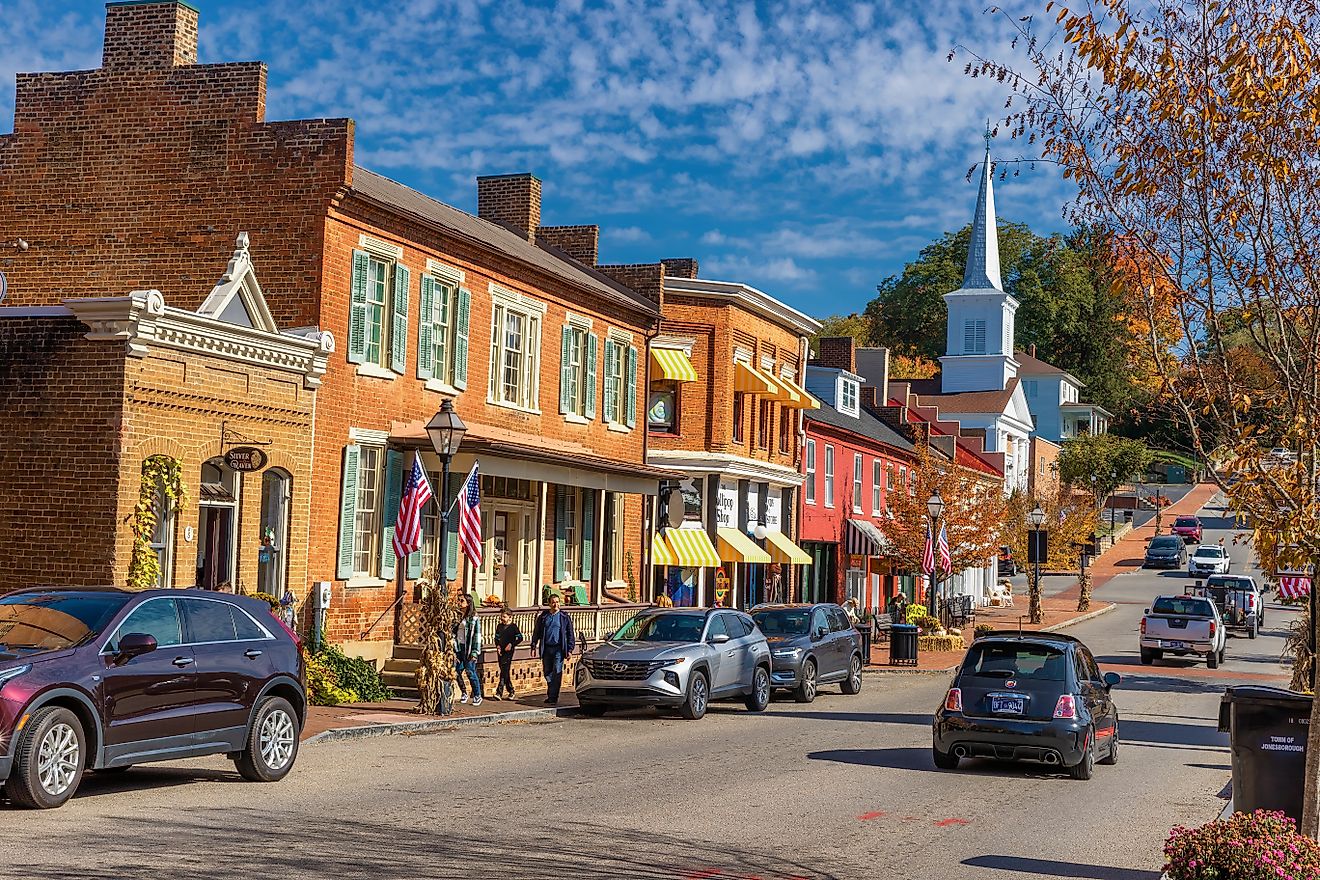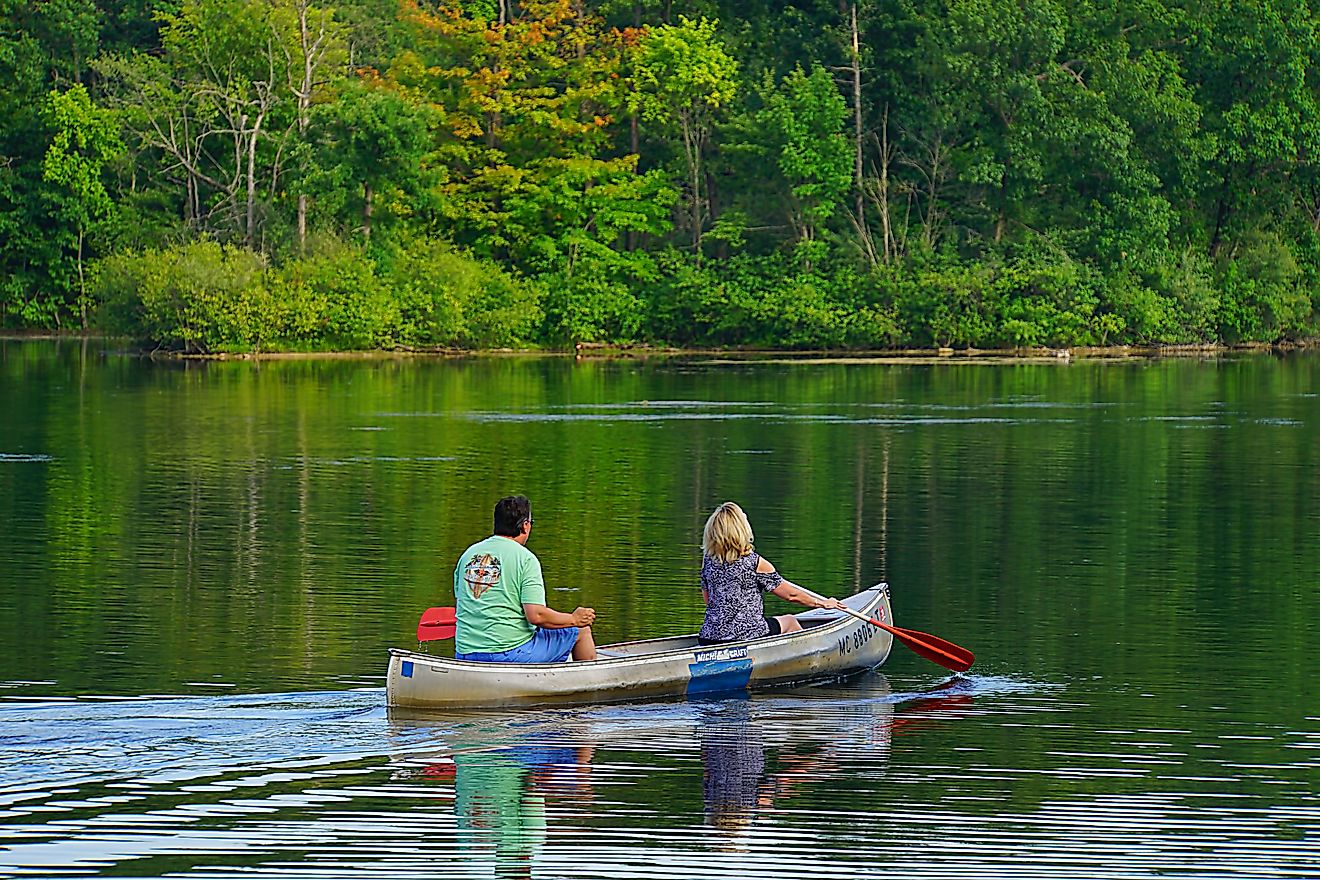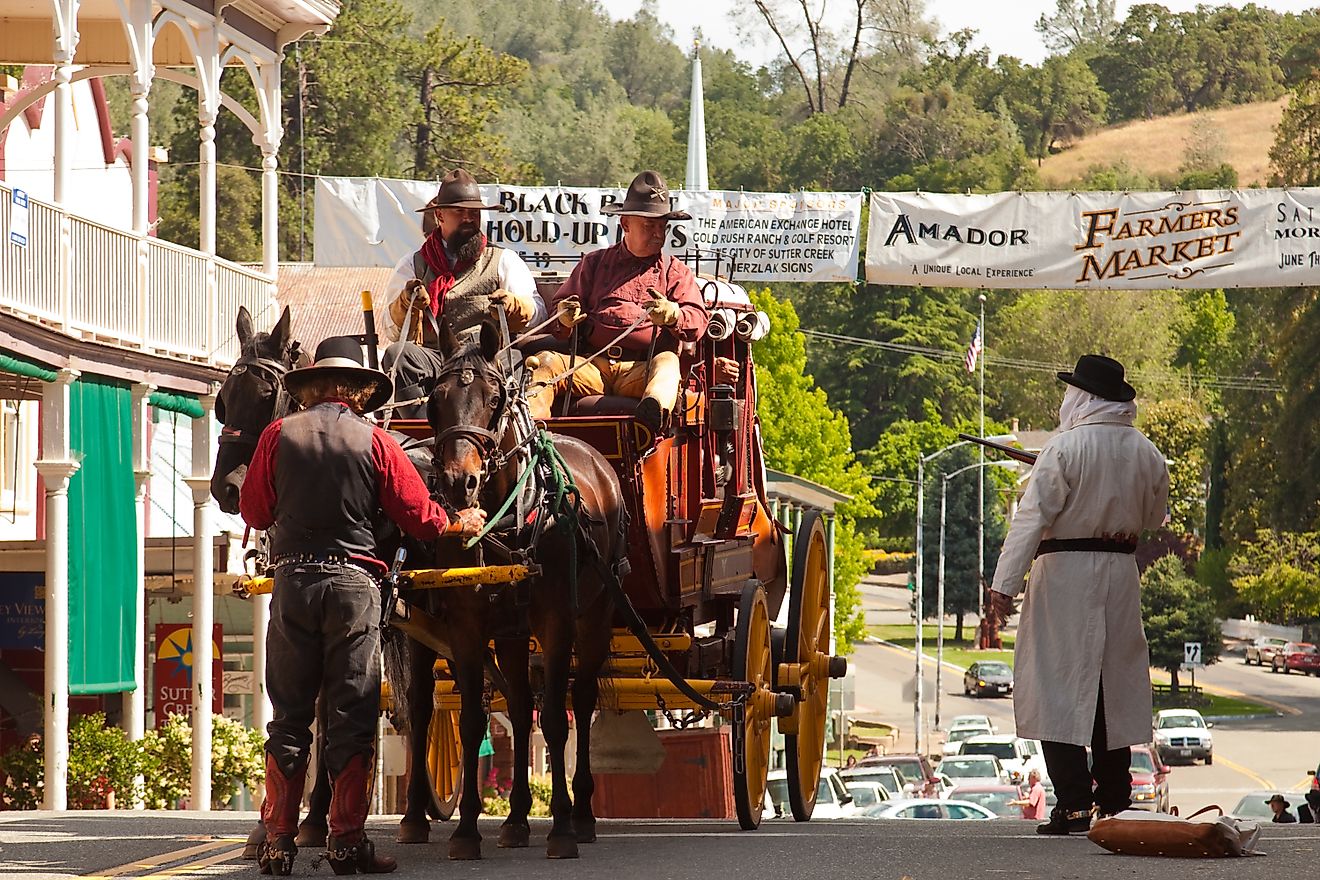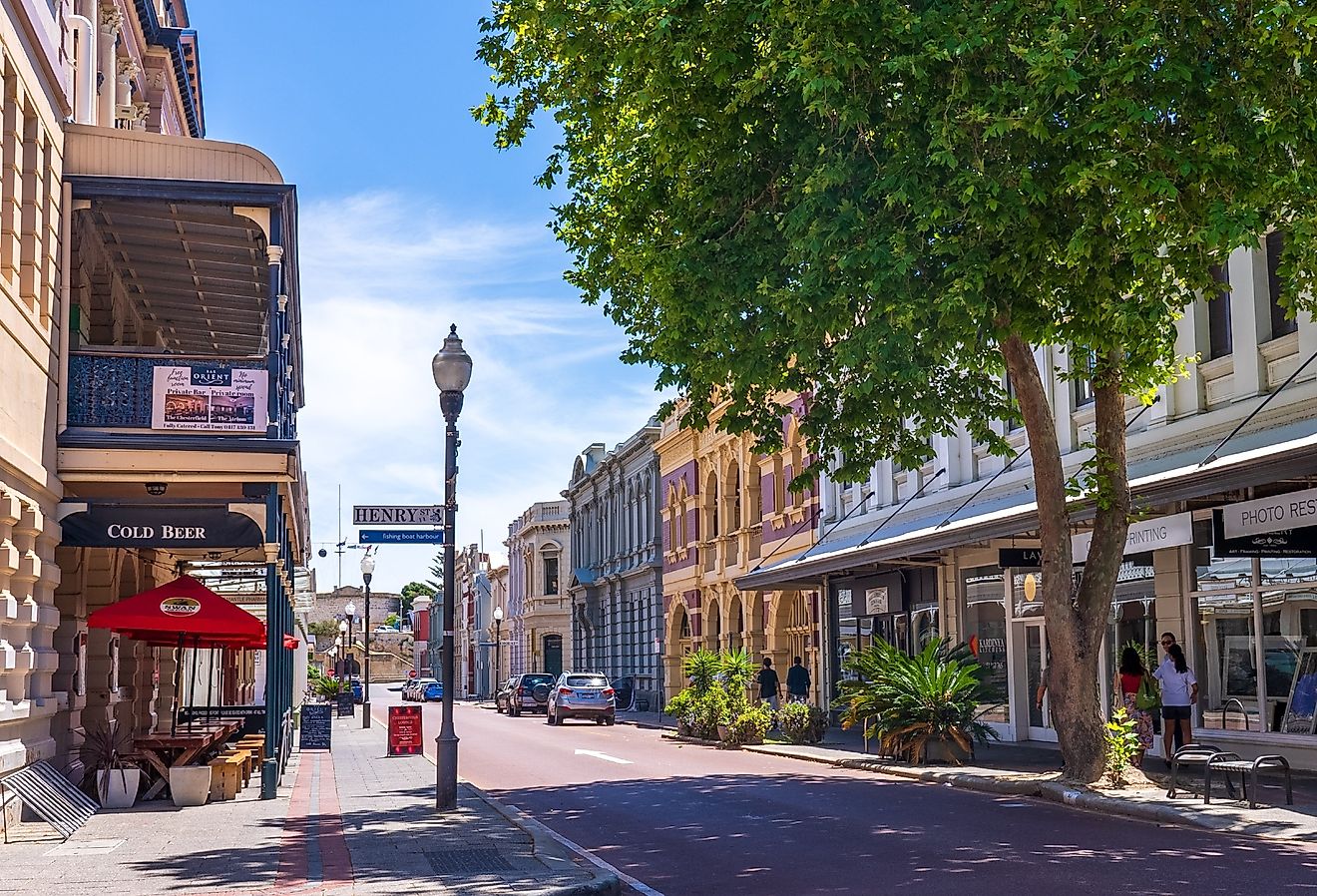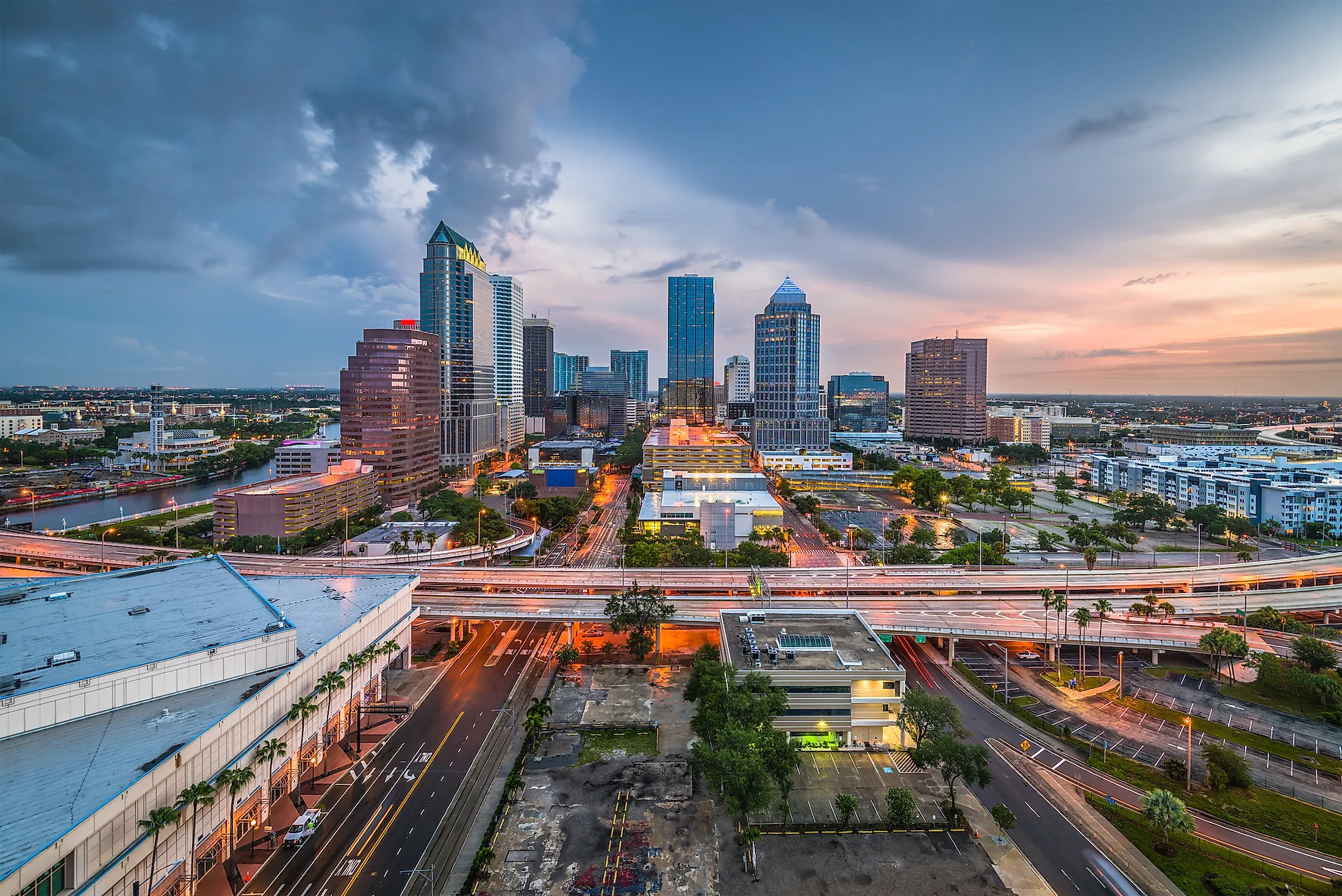
Tampa, Florida
Tampa is a large city located in Hillsborough County in the west-central portion of the US State of Florida. Situated on the Gulf Coast, Tampa is the country’s 52nd most populated city, Florida’s third-most populated city, and the biggest city in the Tampa Bay area. The city also forms a part of the “Tampa-St. Petersburg-Clearwater, Florida Metropolitan Statistical Area”, which is considered the fourth largest metropolitan statistical area in the Southeastern United States and the largest in Florida. At present, the economy of Tampa is mainly driven by tourism, finance, maritime, technology, construction, and health care industries.
Geography Of Tampa
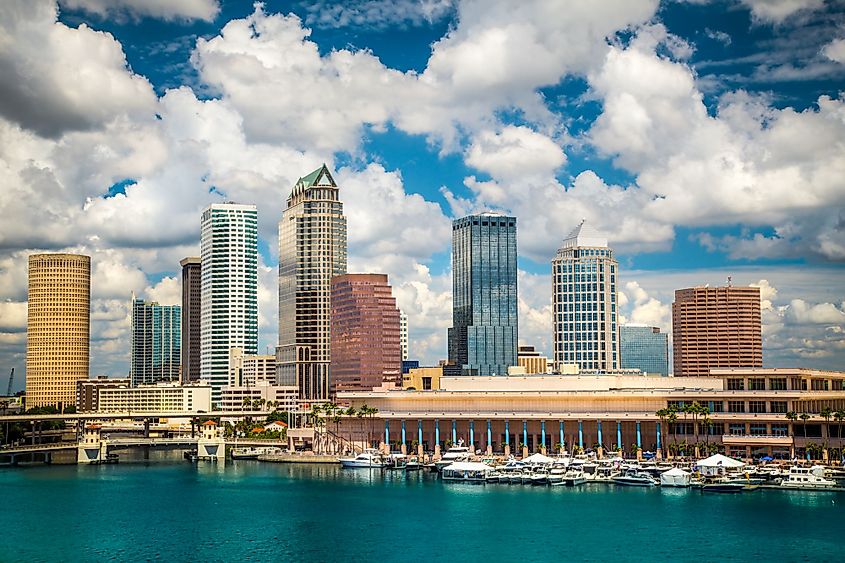
Tampa covers a total area of 455.40 sq. km, of which 295.30 sq. km is occupied by land, and 160.10 sq. km is occupied by water. The city is bordered by Old Tampa Bay and Hillsborough Bay, forming Tampa Bay, which drains into the Gulf of Mexico. The 97km long Hillsborough River, which serves as Tampa’s principal freshwater source, passes directly through Downtown Tampa, flowing into the Hillsborough Bay. The smaller Palm River flows from the city’s eastern side into McKay Bay, located at the northeastern edge of Hillsborough Bay. Tampa is linked with the cities of St. Petersburg and Clearwater across the Old Tampa Bay via the Howard Frankland Bridge, the Gandy Bridge, and the Courtney Campbell Causeway. Tampa is divided into many neighborhoods, including Ybor City, Ballast Point, Seminole Heights, Palma Ceia, Davis Islands, Tampa Palms, Forest Hills, Sulphur Springs, Tampa Heights, Hyde Park, Harbour Island, College Hill, Tampa Palms, etc. Many architectural styles and designs are found in the city, where the majority of the high rises display post-modern architectural style. Tampa also houses many tall skyscrapers. The 100 North Tampa building, which has 42 floors and rises to a height of 176m, is Florida’s 26th tallest building and the tallest building in Tampa.
Climate
According to the Köppen climate classification, Tampa experiences a humid subtropical climate with long, hot, and wet summers and short, cool, and dry winters. The hot summer season lasts from late May to early October, where July is the hottest month with an average high temperature of 32.2°C and a low temperature of 24.4°C. The interaction of the sea breezes from the Atlantic Ocean, and the Gulf of Mexico regularly generates afternoon thunderstorms during the summer months in the Tampa Bay area. Such regular occurrence of afternoon thunderstorms with frequent lightning and heavy downpours have made the Tampa Bay area and the adjacent inland areas of Central Florida the “Lightning Capital of North America.” The cool winter season lasts from December to February, where January is the coldest month, having an average low temperature of 11.1°C and a high temperature of 21.6°C. Occasional cold fronts push through the Tampa area during the winter season, bringing a brief period of rain followed by high daytime temperatures and low nighttime temperatures. The tremendous coastal development and population growth in the last few centuries combined with climate change and rising sea levels have made the Tampa Bay area one of the world’s most vulnerable regions to be directly hit by a significant storm.
The Population And Economy Of Tampa
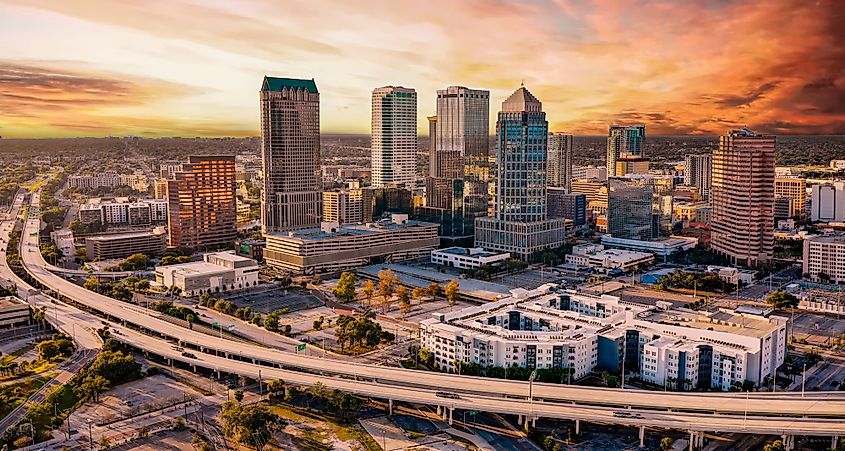
As of 2019, Tampa is home to a population of 399,690 inhabitants with a median age of 36. The city’s population has increased considerably from the 2010 census, which showed that the city was home to 335,709 inhabitants. About 66800 people (16.7% of the residents) of Tampa were born outside the United States. The common birthplace of the foreign-born residents of Florida is Cuba, followed by Haiti and Colombia. The largest ethnic groups in Tampa are the non-Hispanic White representing 43.1% of the town’s population, African Americans at 21%, Hispanic White at 20.6%, Asians at 4.87%, and other races at 3.37%. All households in Tampa speak English as their primary language, and 90.3% of the city’s residents are citizens of the United States.
The median household income in Tampa is $57,709, and the median property value is $265,700. The majority of the residents of Tampa drove alone to work, and the average car ownership in Tampa was two cars per household. The economy of Tampa employs several people in high-paying industries, including Health Care & Social Assistance, Retail Trade, and Professional, Scientific & Technical Services. The largest universities in Tampa include the Main Campus of the University of South Florida, Hillsborough Community College, and the University of Tampa. The Tampa area’s economy is mainly driven by finance, healthcare, maritime, sports, real estate, tourism, insurance, defense, and retail. The metropolitan area houses the headquarters of many Fortune 1000 companies such as WellCare Health Plans, Inc., Raymond James Financial, Bloomin’ Brands, Inc., and TECO Energy Inc. Managed by the Tampa Port Authority, Port Tampa Bay is the largest tonnage port in Florida and the country’s 7th biggest port.
Tourist Attractions In Tampa
Centro Asturiano de Tampa
The historic Centro Asturiano de Tampa is located in the Ybor City neighborhood just to northeast downtown Tampa. Designed by the renowned Tampa architect M. Leo Elliot, the Centro Asturiano de Tampa was built in Beaux-arts Classic revival architectural style. The Centro Asturiano de Tampa is a social club for the immigrants and the descendants of all the immigrants from the autonomous community of Asturias in Spain. The Centro Asturiano de Tampa was added to the National Register of Historic Places on July 24, 1974.
Sacred Heart Catholic Church
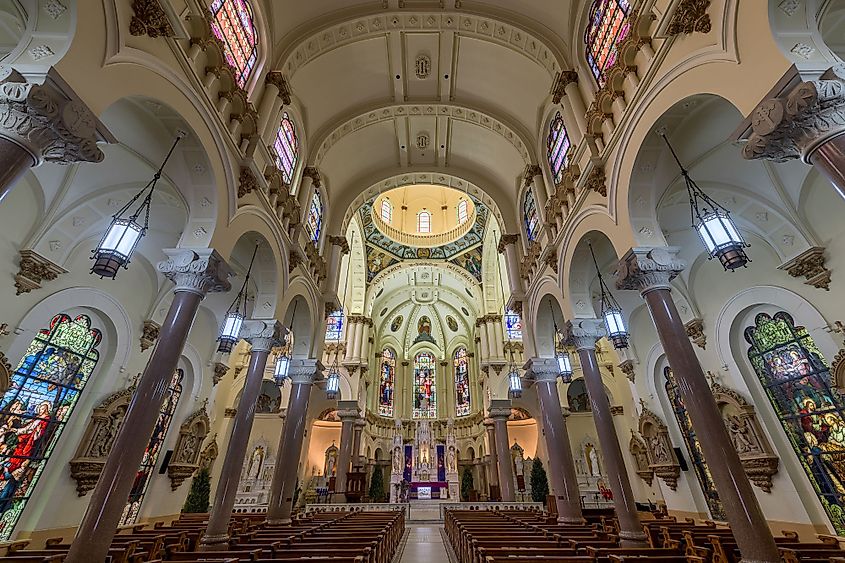
Constructed in 1905, the Sacred Heart Catholic Church is Tampa’s oldest church. Located at 509 North Florida Avenue in downtown Tampa, the church has been built in Romanesque Revival architectural style by renowned architect Nicholas Joseph Clayton. Home to the Sacred Heart Parish, a Catholic Heritage Marker was added to the church’s exterior by the Diocese of St. Petersburg in 2010.
Straz Center for the Performing Arts
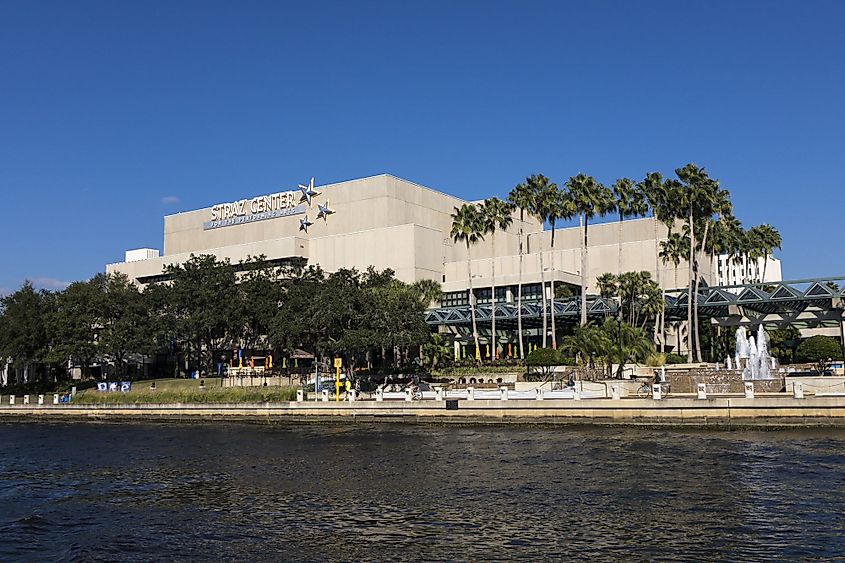
The Straz Center for Performing Arts is located in Downtown Tampa on a 36,000 sq.m site along the eastern shores of the Hillsborough River. In November 2009, the center was renamed in honor of its financier David A. Straz Jr. Being the Southeastern United States’ second-largest performing arts complex, the Straz Center for the Performing Arts serves as a venue for many events. The complex contains a rehearsal hall, five individual theaters, retail shops, and various restaurants and banquets. It has been estimated that the performing arts center has an annual $100 million economic impact all over the state.
Tampa Museum of Art
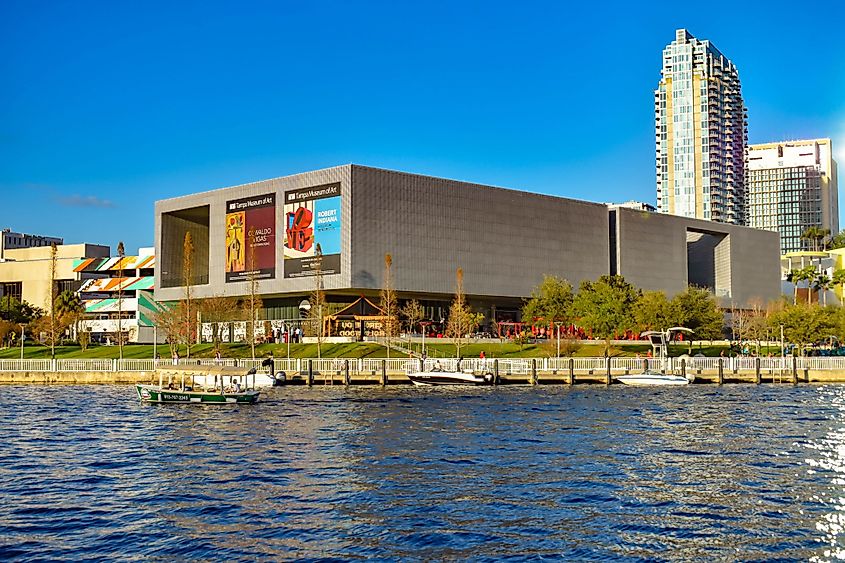
Located at the heart of downtown Tampa, adjacent to Tampa’s Riverwalk and the Curtis Hixon Waterfront Park, the Tampa Museum of Art houses one of Southeastern United States’ most extensive collections of Etruscan, Greek, and Roman antiquities. Besides the antiquities, the museum also displays modern and contemporary art and organizes several outreach programs open to people of all ages.
Busch Gardens Tampa Bay
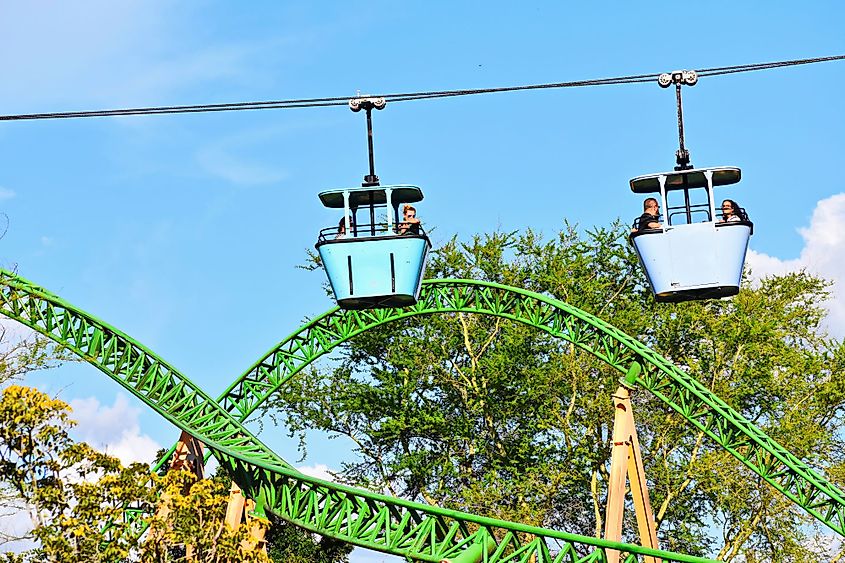
Situated close to the University of South Florida, the Busch Gardens Tampa Bay is an African-themed park that covers an area of 1.36 sq. km. The park features many roller coasters that offer the visitors with thrill rides. A 914mm narrow-gauge Serengeti Express railway runs along the park’s back end and stops at the various African-themed areas of the park. With over 200 animal species, the Busch Gardens also houses the largest zoo in Tampa. In addition to this, there are more than 500 tropical avian species from around the world in the Bird Garden’s free-flight aviary.
Brief History Of Tampa
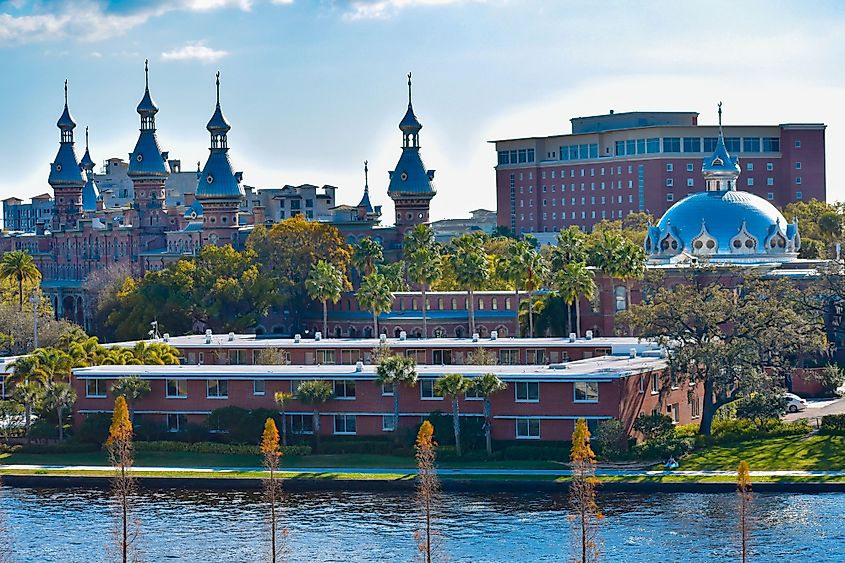
It is believed that the Tampa area was initially inhabited by the indigenous Calusa and Timucua tribes, who were later replaced by the Seminoles. The Spanish explorers Panfilo de Narvaez and Hernando de Soto visited the area. In 1821, Florida was purchased from Spain by the United States, and several forts and trading posts were constructed in the newly acquired territory. With the establishment of Fort Brooke in January 1824, the area started functioning as a military outpost. From 1835 to 1842, the site was practically abandoned by the civilians, who nevertheless returned to the area after the Seminoles were forcefully driven out. The “Village of Tampa” was officially incorporated on January 18, 1849. The village of Tampa was reincorporated as a town on December 15, 1855. Confederate forces initially occupied Fort Brooke during the American Civil War. The city’s economy suffered severe damage during the successive battles of Fort Brooke and Ballast Point. After the end of the Civil War, as a part of Reconstruction, the federal troops occupied both the fort and the town. The city’s economy started recovering after the discovery of phosphate in the area and the extension of Henry B. Plant’s South Florida Railroad in 1883. The Spanish entrepreneur Vincente Martinez Ybor also brought his cigar industry to the town, and in a few years, Tampa became the “Cigar Capital of the World.” Following the Civil War, Tampa was officially reincorporated as a city on July 15, 1887. The MacDill Air Force Base started operating approximately 6.4km south-southwest of downtown Tampa before World War II.
